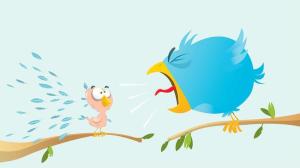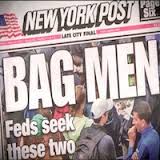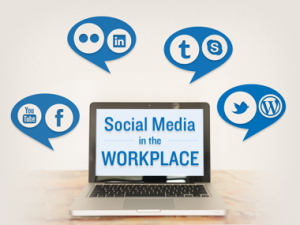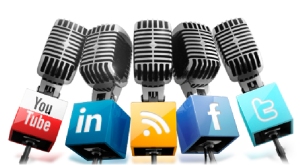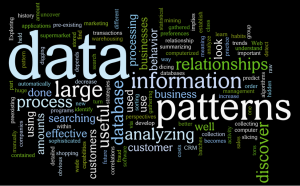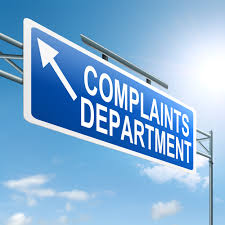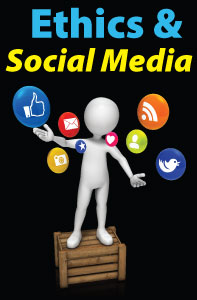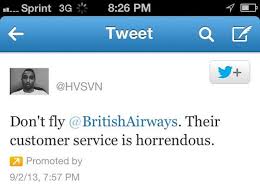When you are a public figure the world is a different place than it is for the Average Joe. Not only do you get the attention of thousands, first class accommodations, etc…you are also held to a higher public standard including the public space of social media. Unfortunately this is a notion many in the public eye have not accepted.
Social media has allowed our culture to take freedom of speech to the extreme. Despite T & C’s, there is limited censorship on social media. This is causing some serious issues to arise.
In journalism there is a risk to both the journalist and the employer if one takes advantage of social media to discuss content not aligned with the station. Reporters are fully aware of their expectations at work. They should view social media as a continuation of the work place and hold the same standards in this online environment as they do in the corporate sphere. In my opinion I view the behavior exercised in our lecture and reading material this week to be both inappropriate and unprofessional.
While many would argue this challenges freedom of speech when you are associated with high profile employers your content is ultimately a reflection of their views. I would encourage public figures to start private profiles where there professional life is not disclosed or discussed. Only close family and friends are allowed to view this profile. Otherwise, stop complaining and play by the professional rules on social media.
Then there are the instances when expressing yourself is taken to a whole other level…viva la Kanye West. Again, in my opinion inappropriate, poor class, and a terrible example for those who view him as a role model. It is not ethically right to use social media like Kanye did when he attacked Jimmy Kimmel for pretty much no reason. There really is no words to dissect this situation…just don’t ever act like Kanye on social media.
Bottom line: a public figure cannot have freedom of speech on social media like “normal” people do. While fame brings greats things to some people’s lives, it can also inhibit them from certain privileges others enjoy. In my opinion, not being able to express yourself freely on social media isn’t the end of the world for high profile individuals. There are plenty of us who choose to keep their opinions to ourselves online.

